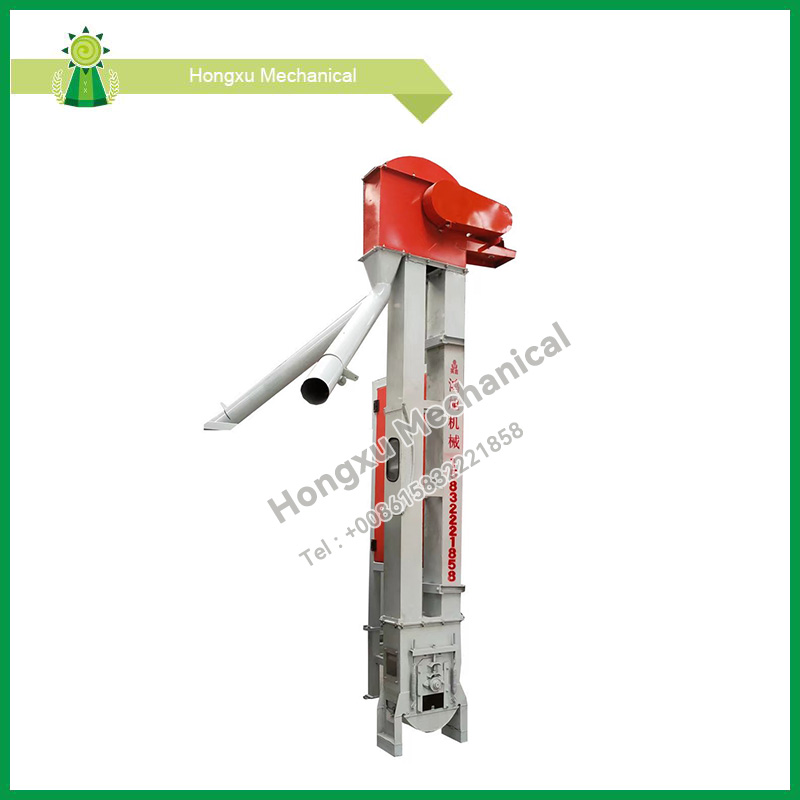Vertical Hoists: Essential Tools for Lifting and Transporting
2025-02-13
A vertical hoist is a mechanical device used to lift, lower, and transport heavy loads vertically. These tools are indispensable in construction, manufacturing, logistics, and many other industries where lifting heavy objects is part of the daily routine. In this article, we will explore what vertical hoists are, how they work, their types, and their common applications.
What is a Vertical Hoist?
A vertical hoist is a piece of equipment designed to lift objects straight up and down. It typically consists of a motor or manual mechanism, a chain or rope, a lifting hook, and a framework that supports the hoisting process. The main purpose of a vertical hoist is to enable workers to lift heavy items safely and efficiently, especially in environments where manual lifting would be unsafe or impractical.
Hoists come in various sizes and capacities, ranging from lightweight portable hoists for small tasks to industrial-grade hoists capable of lifting several tons. They are often used in combination with cranes, gantries, or scaffolding to enhance their lifting capabilities.
How Does a Vertical Hoist Work?
The basic principle of a vertical hoist is simple. A motor, hand-operated crank, or pneumatic system provides the force needed to lift a load. This force is transferred through a chain, rope, or wire cable, which is connected to a hook or other attachment mechanism.
The load is securely fastened to the hook, and the hoist raises or lowers it by winding or unwinding the chain or rope. The system is equipped with safety features such as brakes to prevent the load from falling if the lifting mechanism is stopped.
Types of Vertical Hoists
Vertical hoists are available in several types, each designed for specific applications and industries. Here are some common types:
1. Manual Hoists:
These are operated by hand, using a lever or chain. They are lightweight, portable, and suitable for lifting smaller loads. Manual hoists are commonly used in workshops or small construction sites.
2. Electric Hoists:
Powered by electricity, these hoists are faster and more efficient than manual hoists. They are commonly used in industrial settings to lift heavy loads and can be operated with remote controls for added convenience.
3. Pneumatic Hoists:
These hoists use compressed air to lift and lower loads. They are ideal for environments where electricity is unavailable or where there is a risk of explosion, such as in chemical or oil and gas industries.
4. Chain Hoists:
Chain hoists use a chain as the lifting medium and are highly durable. They are often used for heavy-duty applications where strength and reliability are critical.
5. Wire Rope Hoists:
These hoists use a wire rope instead of a chain. They are commonly used for lifting very heavy loads over long distances and are popular in large construction projects and industrial facilities.
Applications of Vertical Hoists
Vertical hoists play a crucial role in various industries due to their ability to lift heavy loads safely and efficiently. Some of their common applications include:
1. Construction:
Vertical hoists are essential on construction sites for lifting materials like steel beams, cement, and machinery to higher levels. They save time and reduce the physical strain on workers.
2. Manufacturing:
In factories, hoists are used to move heavy components, raw materials, and finished products between different levels of a facility. This enhances productivity and ensures smooth operations.
3. Warehousing and Logistics:
Vertical hoists are used in warehouses to lift and lower goods, making storage and retrieval more efficient. They are especially useful in high-rack storage systems.
4. Shipyards and Ports:
In maritime industries, vertical hoists are used to lift heavy equipment, cargo, and machinery onto ships or docks. Their durability and strength make them well-suited for these demanding environments.
5. Mining:
In underground mining operations, hoists are used to transport ore, equipment, and workers between different levels of a mine. They ensure safety and efficiency in these challenging conditions.
Advantages of Vertical Hoists
Using a vertical hoist offers several advantages, making them an indispensable tool in many industries:
- Increased Efficiency: Hoists allow heavy loads to be lifted quickly and safely, reducing the time required for manual handling.
- Safety: By eliminating the need for manual lifting, hoists reduce the risk of workplace injuries caused by strain or accidents.
- Versatility: Hoists can be used in a wide range of environments and are adaptable to different tasks and load sizes.
- Durability: Modern hoists are built to handle heavy use and are equipped with safety features to ensure long-term reliability.
- Space-saving: Vertical hoists require minimal space for operation, making them suitable for confined areas such as warehouses or industrial plants.
Conclusion
Vertical hoists are essential tools for lifting and transporting heavy loads safely and efficiently. With their wide range of types and applications, they serve as indispensable assets in industries like construction, manufacturing, logistics, and more. By reducing physical strain and enhancing productivity, vertical hoists contribute significantly to safer and more efficient operations in modern workplaces.



